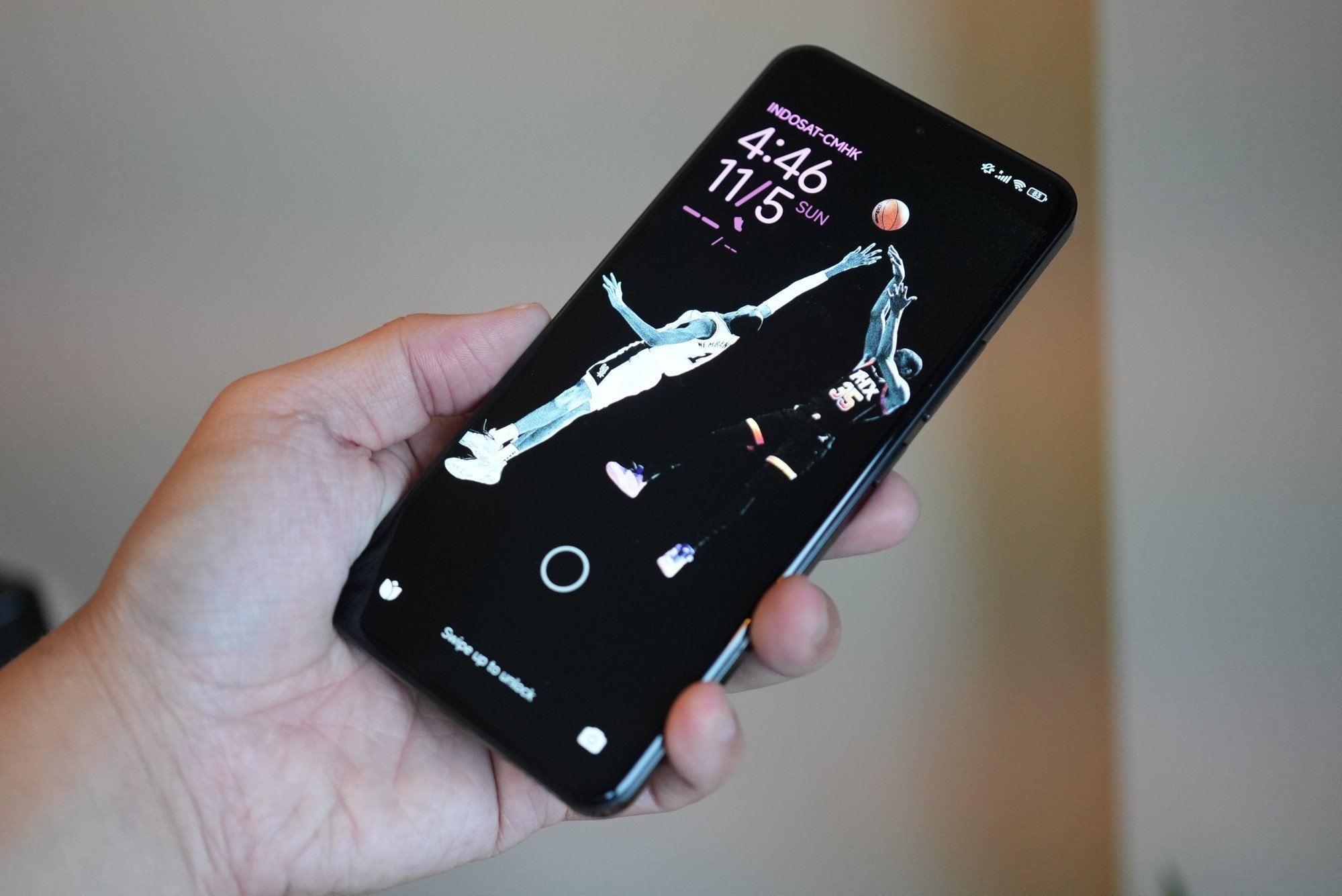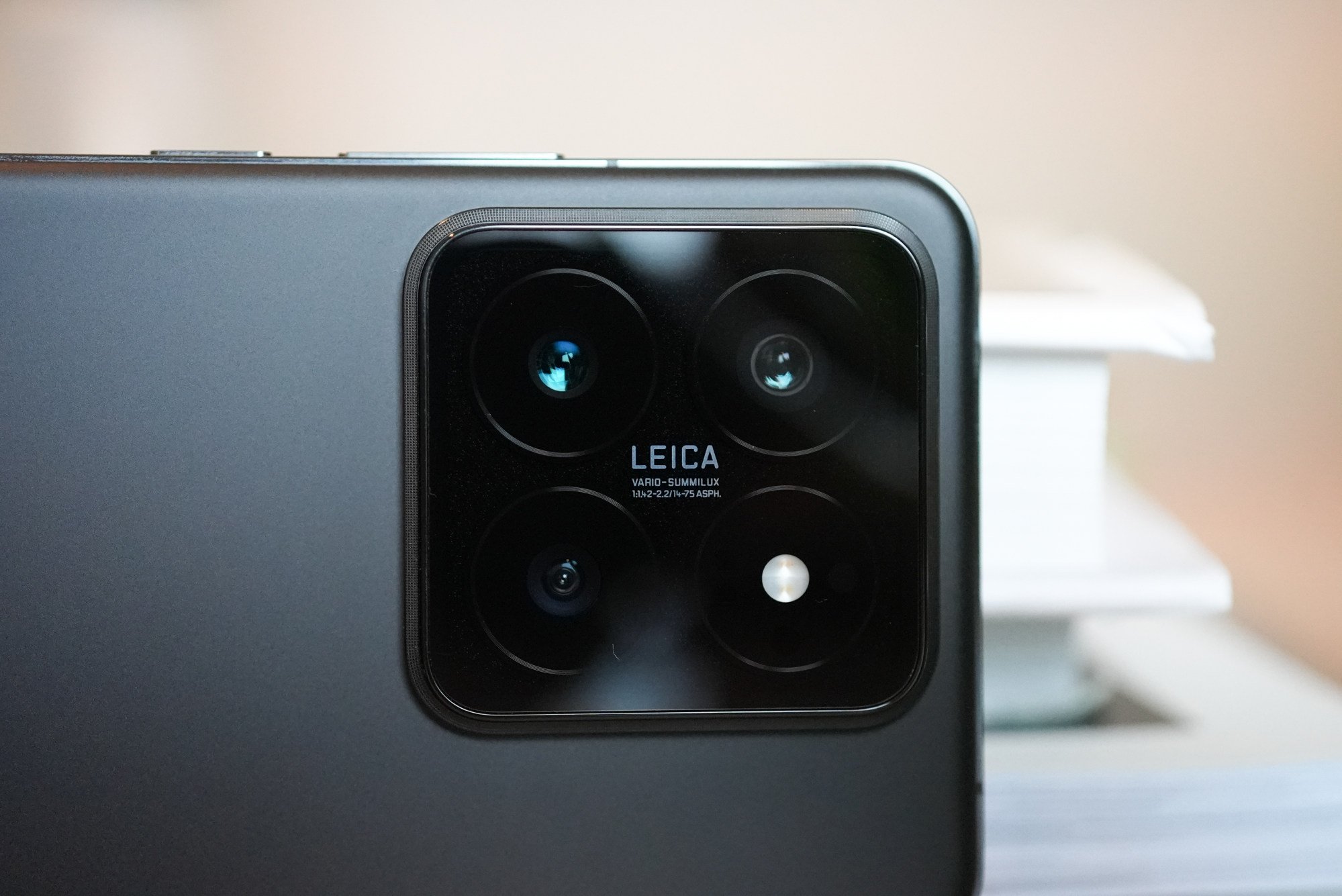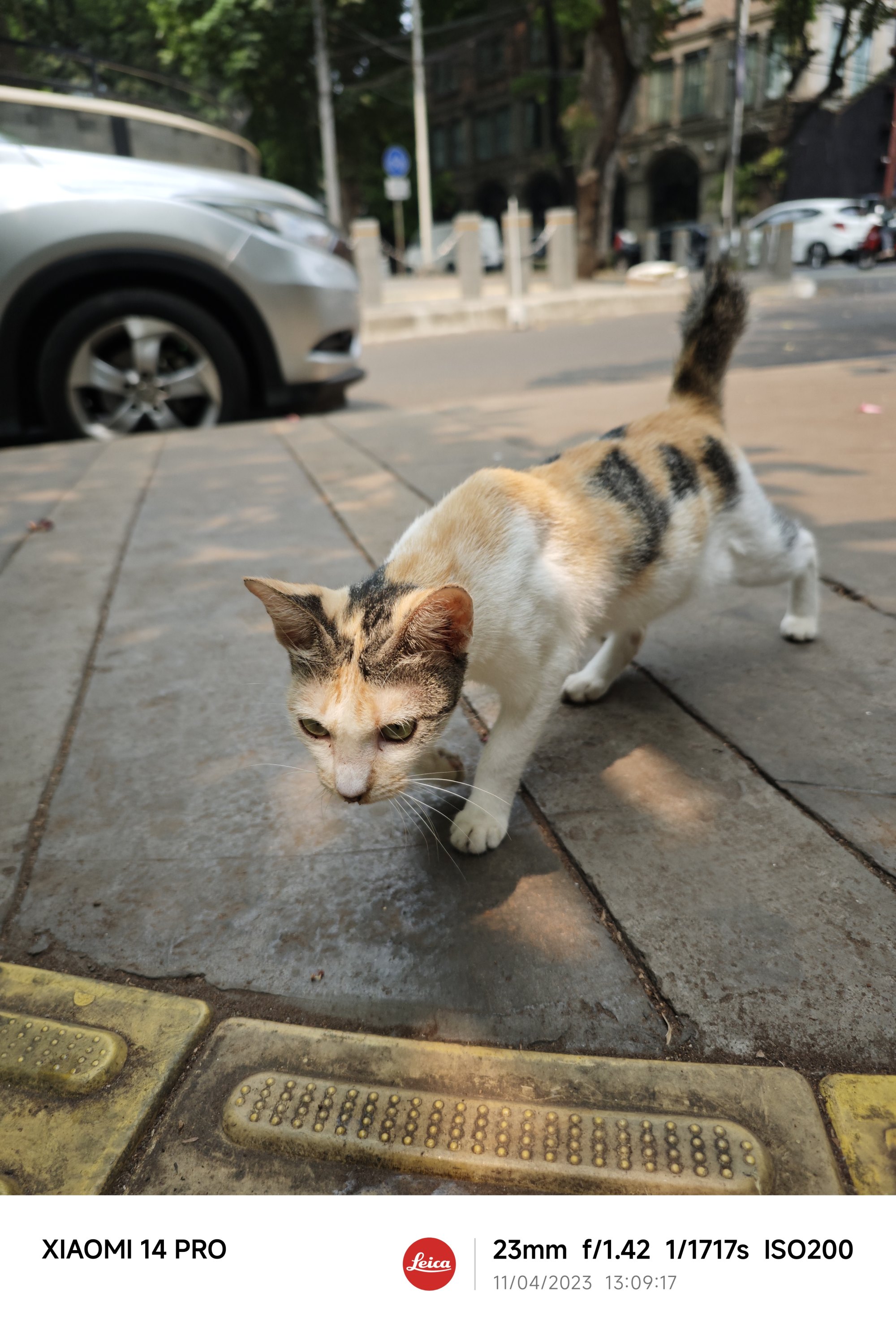
Review | Xiaomi 14 Pro review: premium, energy-efficient smartphone with a powerful chip, flawless screen and capable Leica camera system for a good price
- The Xiaomi 14 Pro resembles an iPhone in terms of shape, has one of the most powerful chips, and the brightest screen, on the market, and a Leica camera system
- The new HyperOS software is a plus despite copying features from Apple iOS, and the price is nice – but will be higher when the 14 Pro is sold outside China
Xiaomi’s 14 Pro is the first phone to be powered by Qualcomm’s just-announced Snapdragon 8 Gen 3 chip and the Chinese tech giant’s new HyperOS software, designed to run across Xiaomi’s entire portfolio of products like Huawei’s HarmonyOS.
Arriving earlier in the release cycle than usual, the phone has very polished and premium hardware and a Leica-backed camera system that is among the best in the industry. The phone is officially available only in China for now, with a global roll-out likely in January 2024.
Design and hardware
Android flagship phones have had a similar shape for the past half decade, with front and back glass panels that curve inward on the sides.

This offers a happy medium – providing that reassuring “protected” feel of an iPhone while keeping the comfortable, curvy in-hand feel of Android devices.

The 2.5K OLED screen sourced from Chinese electronic company BOE is brilliant, reaching a maximum brightness of 3,000 nits, the highest in the industry right now.
The 14 Pro comes with a triple-lens camera system, with the main lens using a new image sensor sourced from OmniVision. While the 1/1.3-inch sensor size is nothing to write home about, the camera lens has a physical shutter, giving it a variable aperture of between f/1.4 and f/4.0.


The Snapdragon 8 Gen 3 chip is paired with 12 or 16GB of RAM, and the phone offers IP68 water and dust resistance and 50W wireless charging. On-board storage and memory all use the latest standards.
Software and features
On the phone, HyperOS is a cleaner and leaner AI, with a simplified menu system and even smoother animations. The software only takes about 8GB of space on the phone, compared to the 13GB required by Xiaomi’s previous software, MIUI.
Otherwise, the phone still behaves like an Android, as HyperOS is a fork of Android 14.
Performance and battery life
The Xiaomi 14 Pro is an excellent performer. The Snapdragon 8 Gen 3, built on 4nm architecture, is behind only Apple’s A17 Pro in raw power, and the difference is probably only noticeable for extreme use cases.
Benchmark numbers are off the charts as expected, but what impressed me was the energy efficiency. The Xiaomi 14 Pro has a smaller battery than previous Xiaomi phones (4,880 mAh) but battery life has improved compared to previous generations because the silicon is so efficient.
Even when running a 20-minute stress test with the app 3DMark, or an hour-long gaming session, the phone’s performance didn’t suffer – although, as expected, it did get hot.
The Snapdragon 8 Gen 3 is also the first Qualcomm chip designed to run on-device Generative AI, although almost all the generative AI tasks advertised were not available at the time of testing.

The 14 Pro’s strengths are clearly its powerful chip, flawless screen, and very capable camera system, and all three deliver. The camera lenses are fast, responsive, and produce photos with that dramatic Leica look with deeper shadows.
Conclusion
The Xiaomi 14 Pro’s hardware is among the best in the industry, which makes its 5,000 yuan (US$686) price quite attractive. However, the phone will probably see a mark-up in price when launching overseas.

